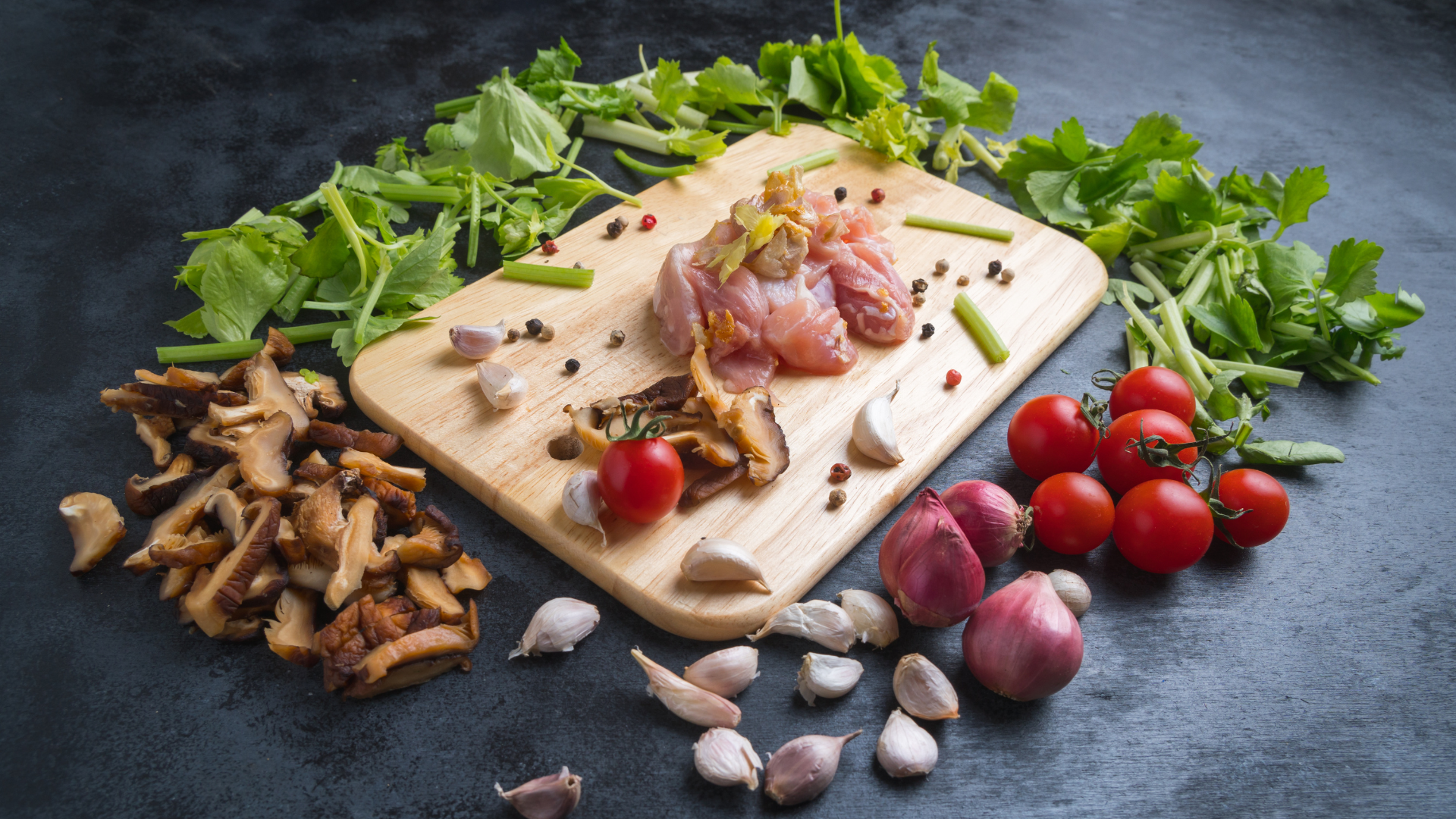It’s very important to prepare foods before eating them properly. In raw vegan (sometimes known as “living food”) diets, you prepare food by blending or juicing it. This lets you eat food in its most natural state without cooking it. Raw foods often contain enzymes and nutrients that get destroyed when cooked. Cooking food destroys the enzymes that help maintain your health, can affect the absorption of nutrients and destroys valuable enzymes.
When cooking, it is important not to cross-contaminate your uncooked food with your cooked food. Cooking food at too high of a temperature can denature proteins, and this can cause food to become toxic. To avoid this, keep raw meat, eggs, and dairy in separate containers from your cooked food when eating uncooked, and try to limit how often you cook.
Food safety is a serious issue, especially when it comes to foods we make at home. Viruses, bacteria, and parasites can be present in raw foods like meat or vegetables. But once these germs are cooked, they die off. So, whether you’re making meat patties, tomato sauce, or lettuce wraps, it’s important not to contaminate any of these foods with raw items. At worst, cross-contamination can lead to food poisoning. At best, you can risk killing off beneficial bacteria in the food.
Store Food in the Right Place
Store food in the right storage unit. Food storage can be hot, cold, dry, wet, humid, or frozen. The type of food to be stored also impacts the type of storage system needed. First, be aware of how to store food properly. That means storing your food in containers with tight-fitting lids or a good airtight seal and storing opened food in the fridge or freezer.
To make sure your perishable food stays safe, store them in a cool, dark, and dry place. That means in the refrigerator, not the freezer. If you want to prevent mold, keep the refrigerator’s humidity between 35-50%. You should always wash and dry all fruits and vegetables, whether fresh or canned before you eat them. That’s especially important for canned goods, which are typically stored at room temperature, making them more susceptible to contamination. Avoid cross-contamination by washing your fruits and vegetables before use, then avoiding using the same towels or cutting boards that you used for raw meats.
Chopping Boards
Raw and cooked foods can look very much the same, especially if you use wooden cutting boards. But even though these two types of foods look the same, they are very different in terms of bacteria growth. If you eat foods prepared with raw and cooked food on the same cutting board, you may be ingesting more bacteria than you bargained for. When cooking food, you should always use separate cutting boards, utensils, and plates for raw and cooked food. By cross-contaminating food, you run the risk of introducing harmful bacteria into uncooked food.
Cooking raw chicken, steak, and eggs on your cutting board has the potential to spread bacteria from the raw meat to your cooked food. Raw meat can contain bacteria that cause foodborne illnesses. Bacteria from raw food can contaminate cooked food. That means cooking food to kill bacteria may not eliminate bacteria in raw meat and poultry. The bacteria can spread to your cooked food.
Food Safety Training
Food safety training at home is an important way to keep your entire family safe, no matter what kind of device you’re cooking with. Although we’re well past the days of spreading flour and water on kitchen counters to simulate yeasty doughs, home food safety training can still be hard to remember without the proper techniques to keep yourself and your family safe. Food safety training, which can keep families safe at home, should be an ongoing effort. As kids become adults, food safety training should be continued so that they remain aware of the importance of food safety.
Home food safety is the first line of defense against foodborne illnesses. All you need are a few household items to familiarize yourself with food safety basics. The CDC states, “There are several steps you and your family can take to help reduce the risk of getting sick from food at home.” But as prevention goes, it’s far easier than treating a foodborne illness.

